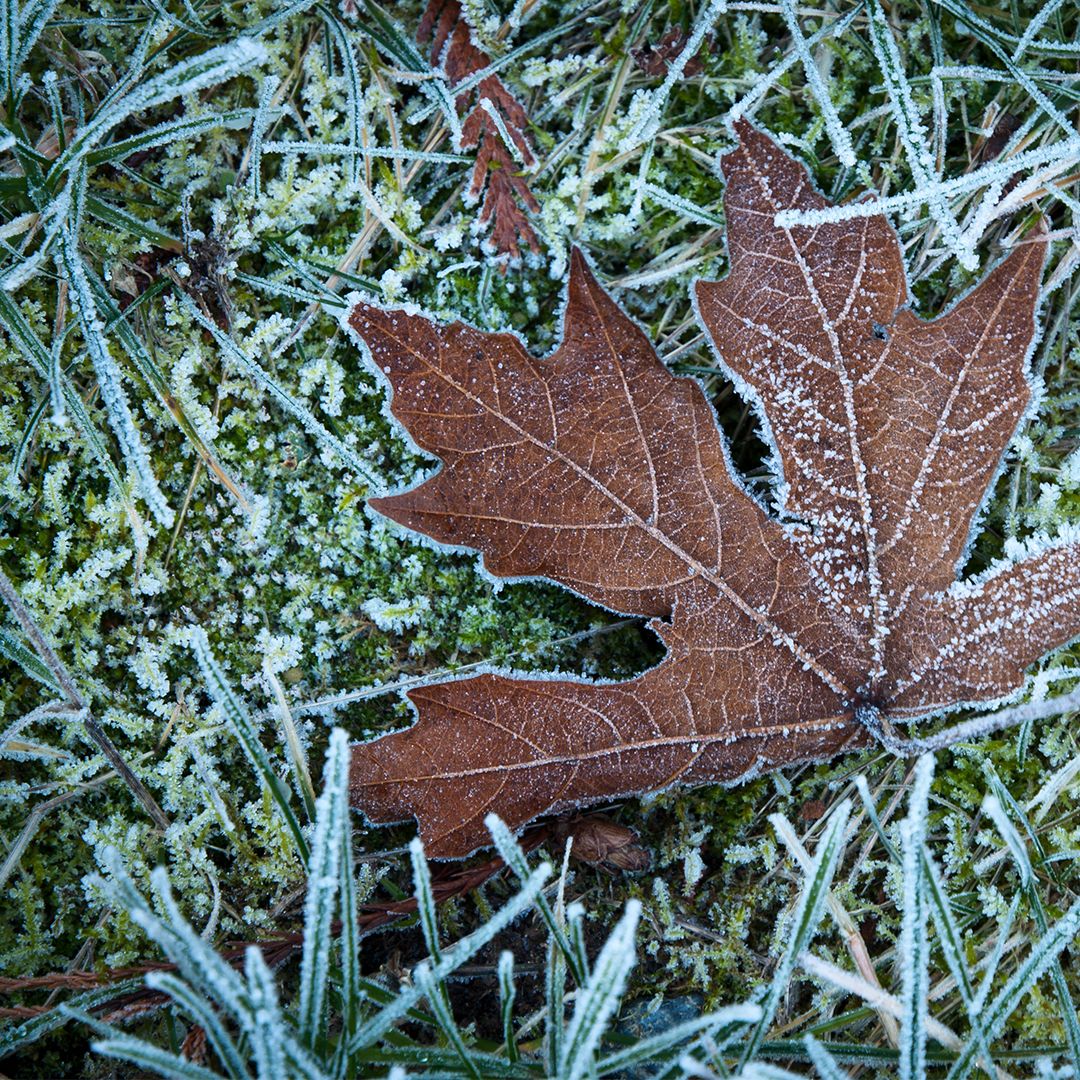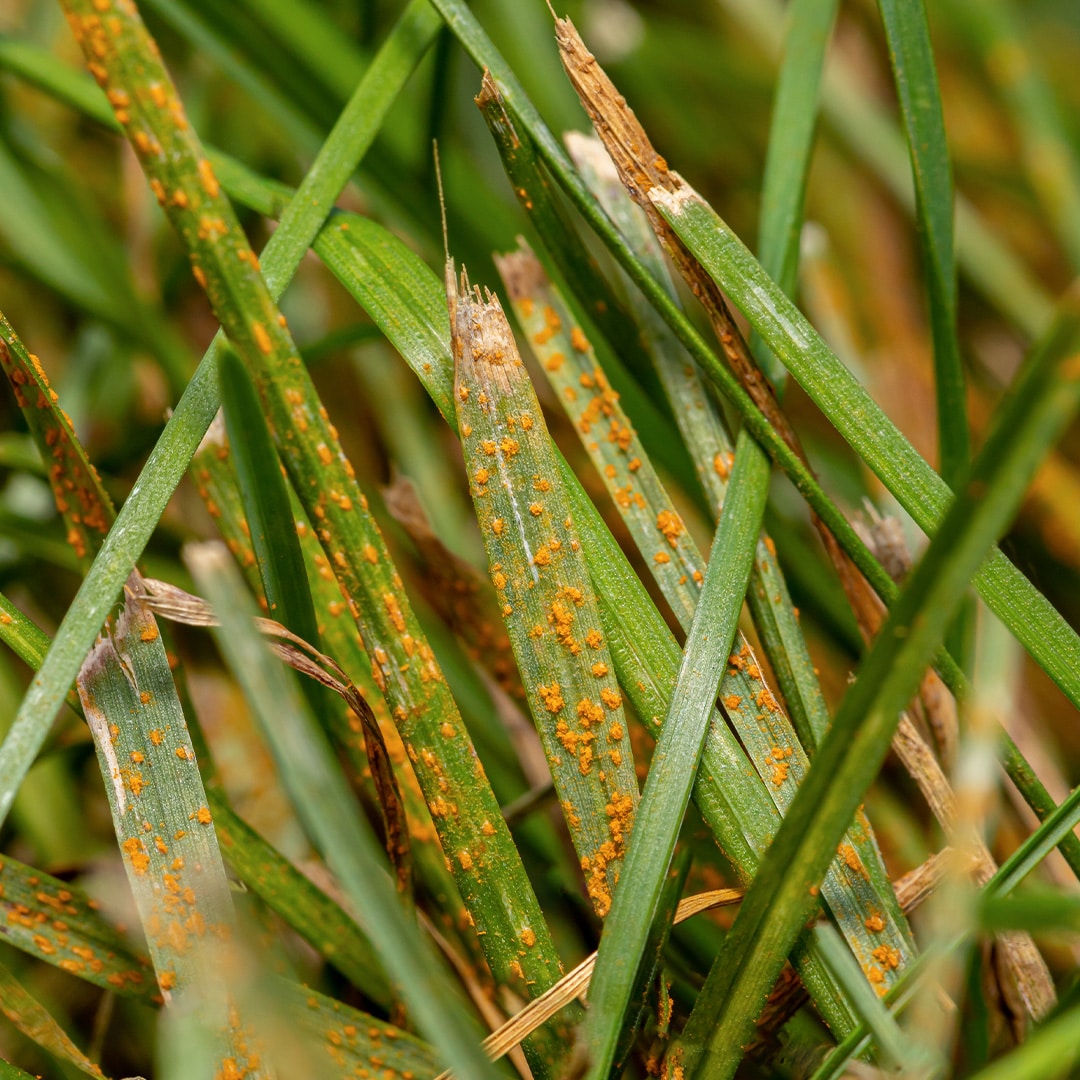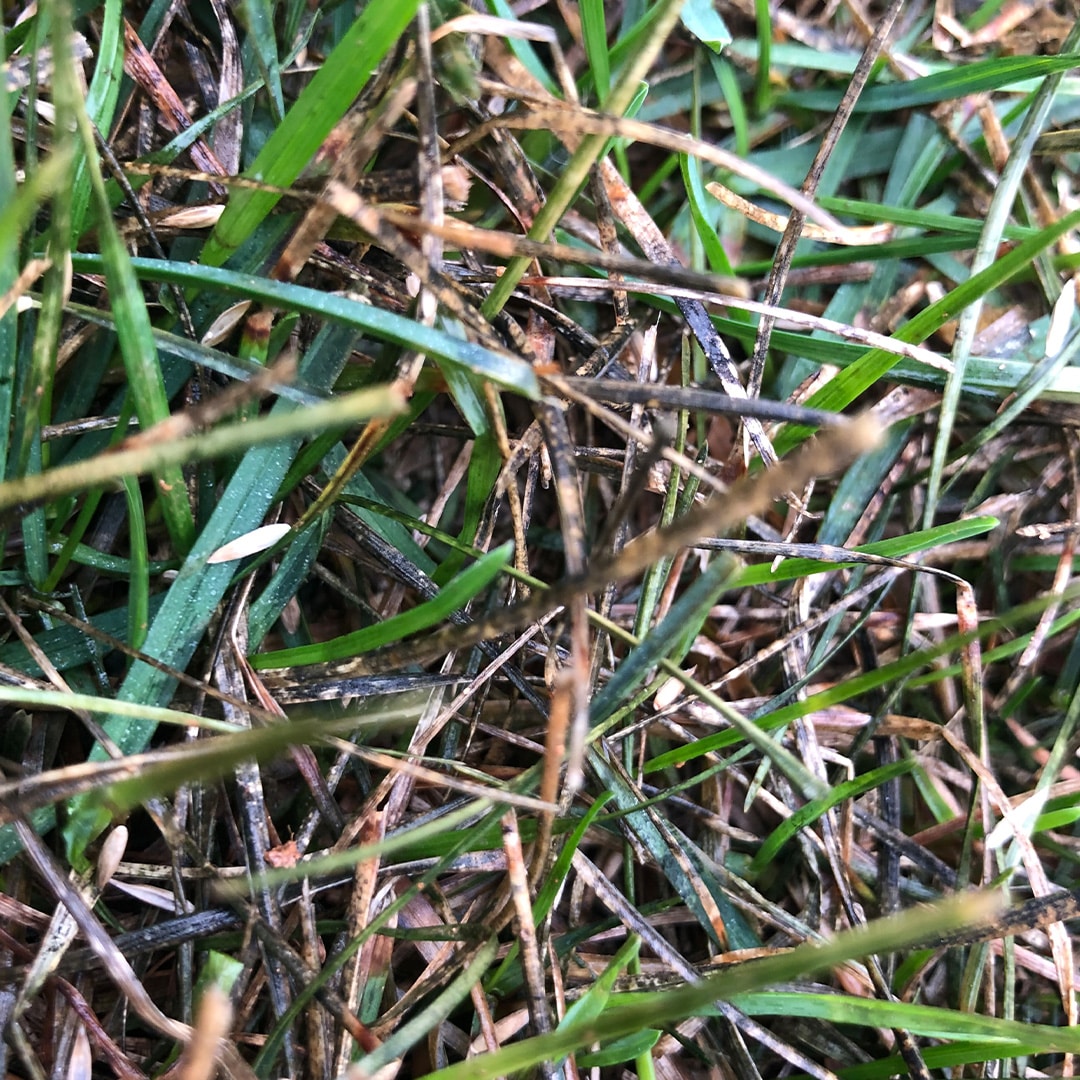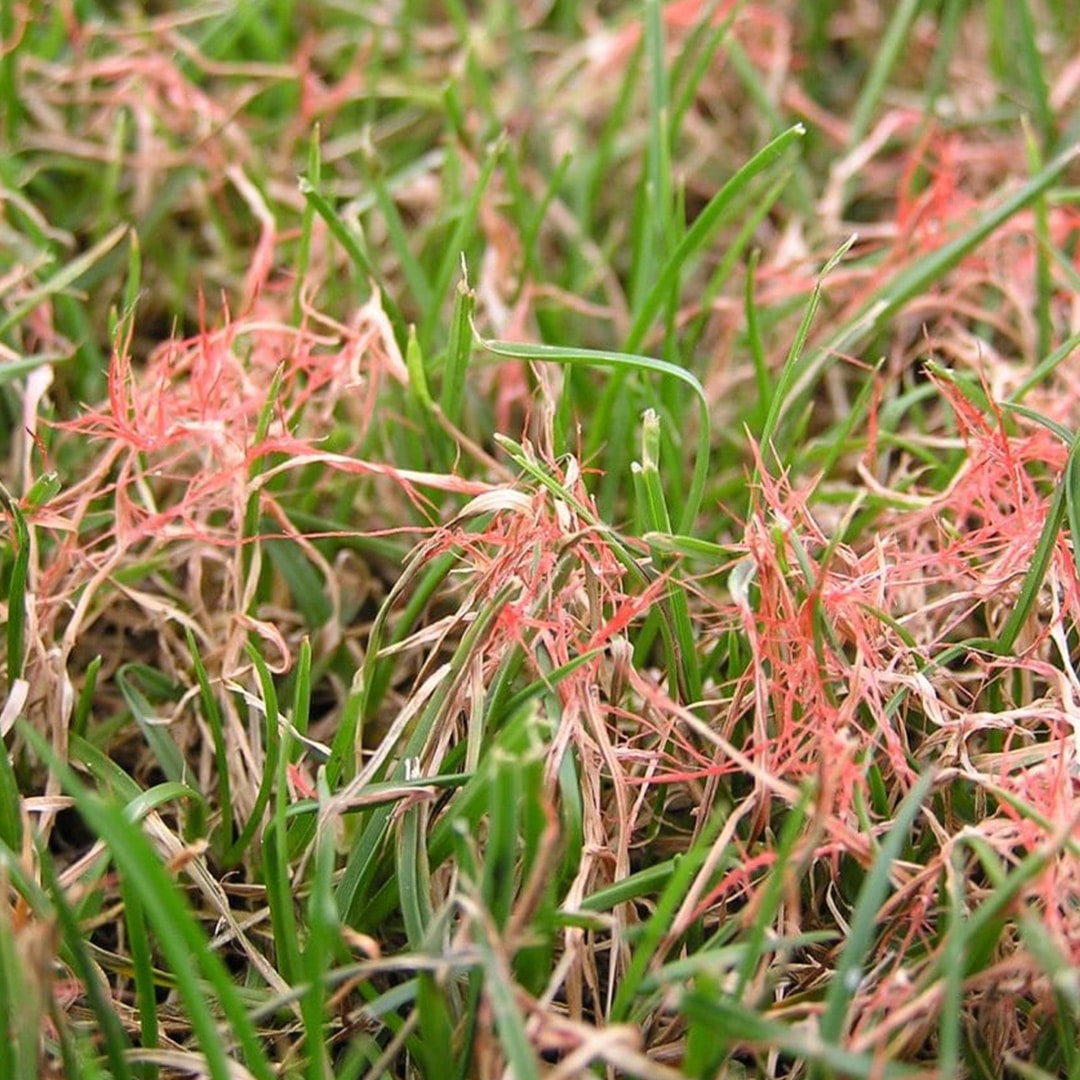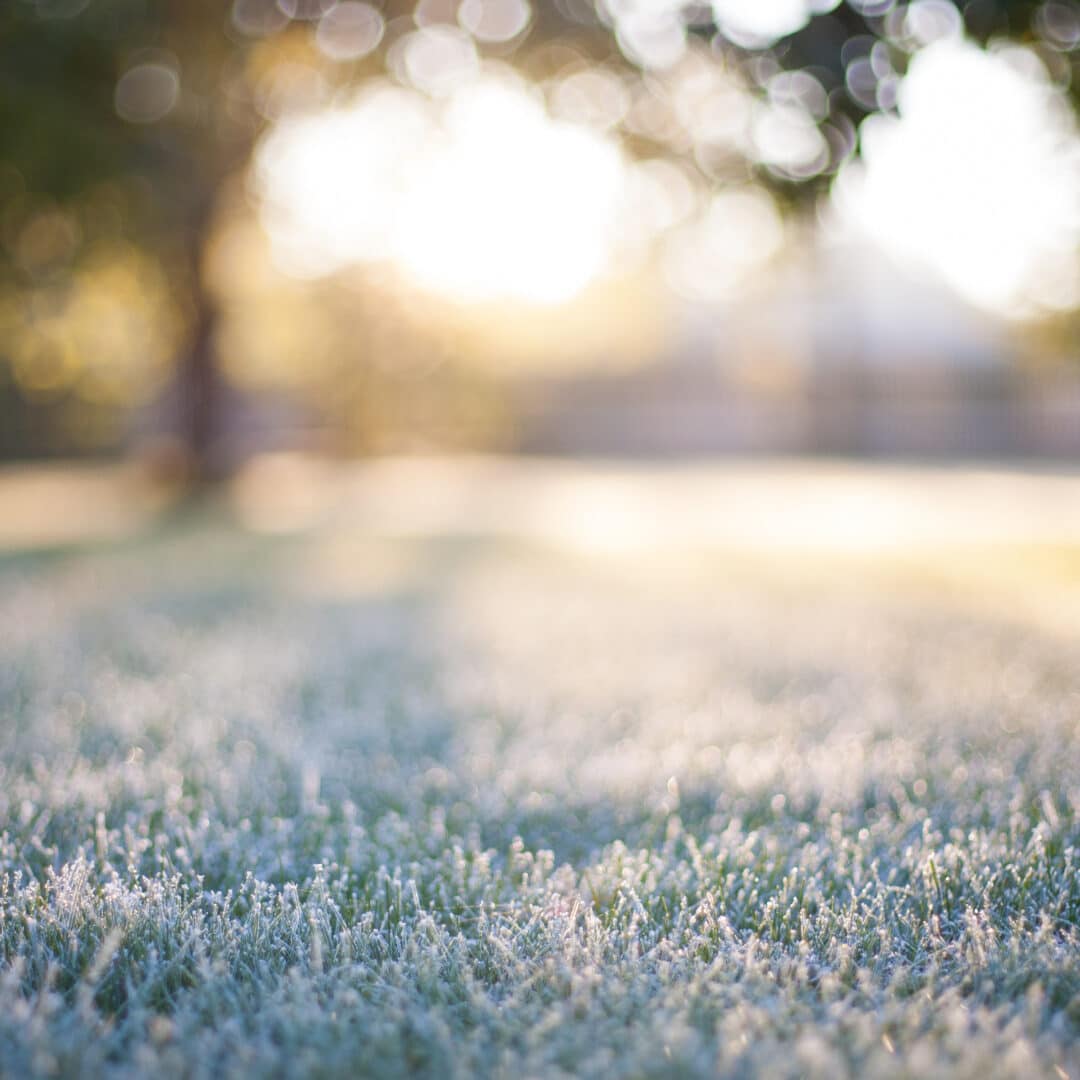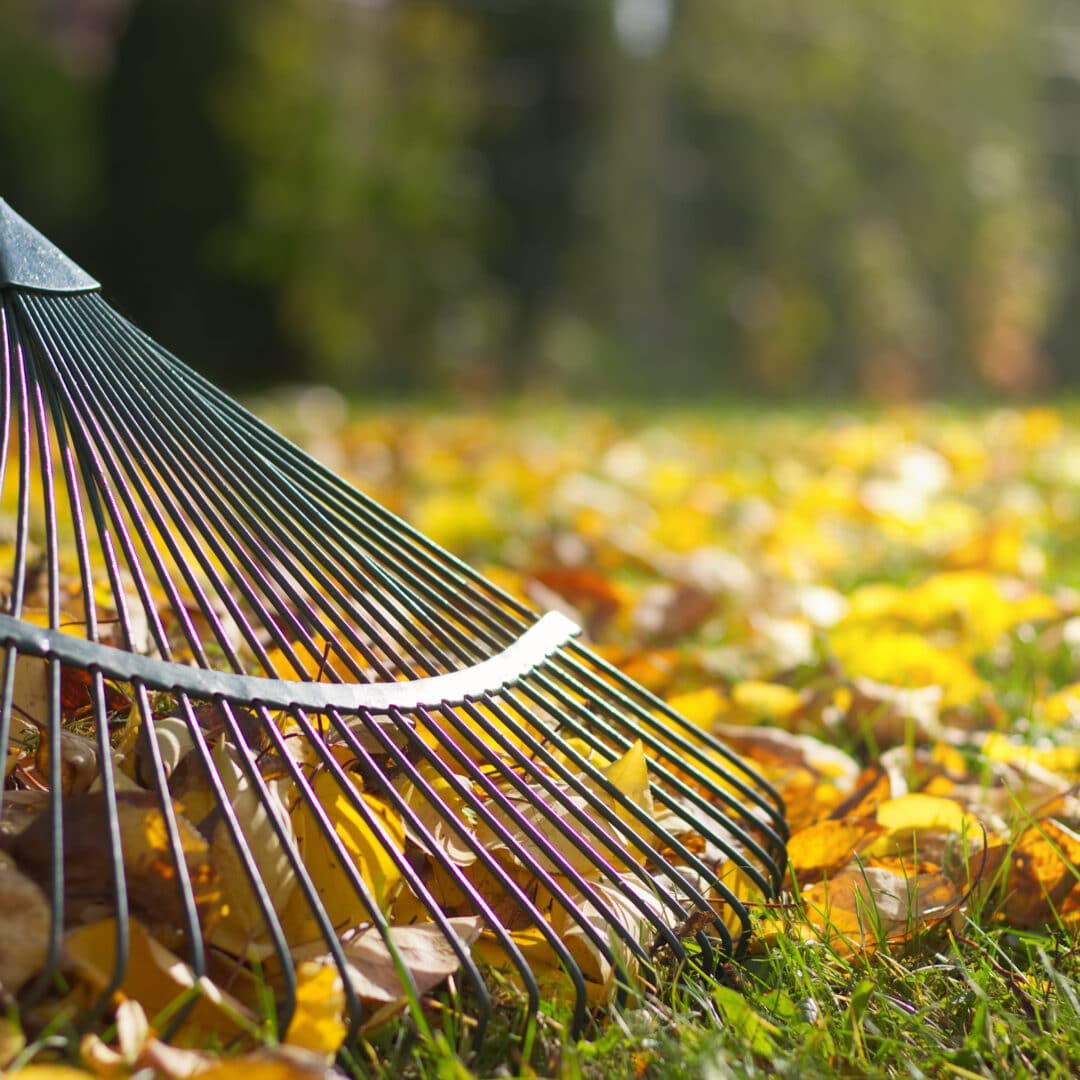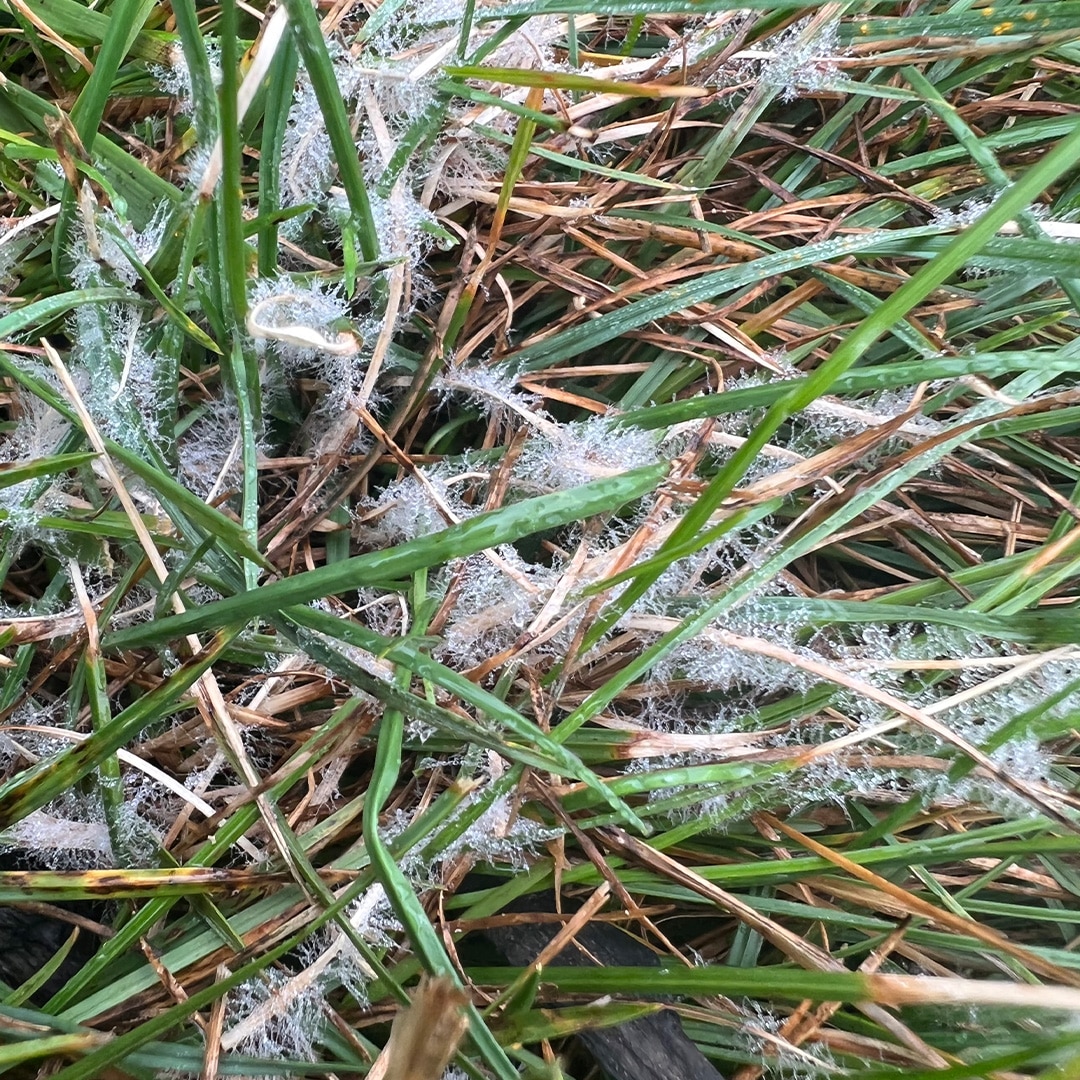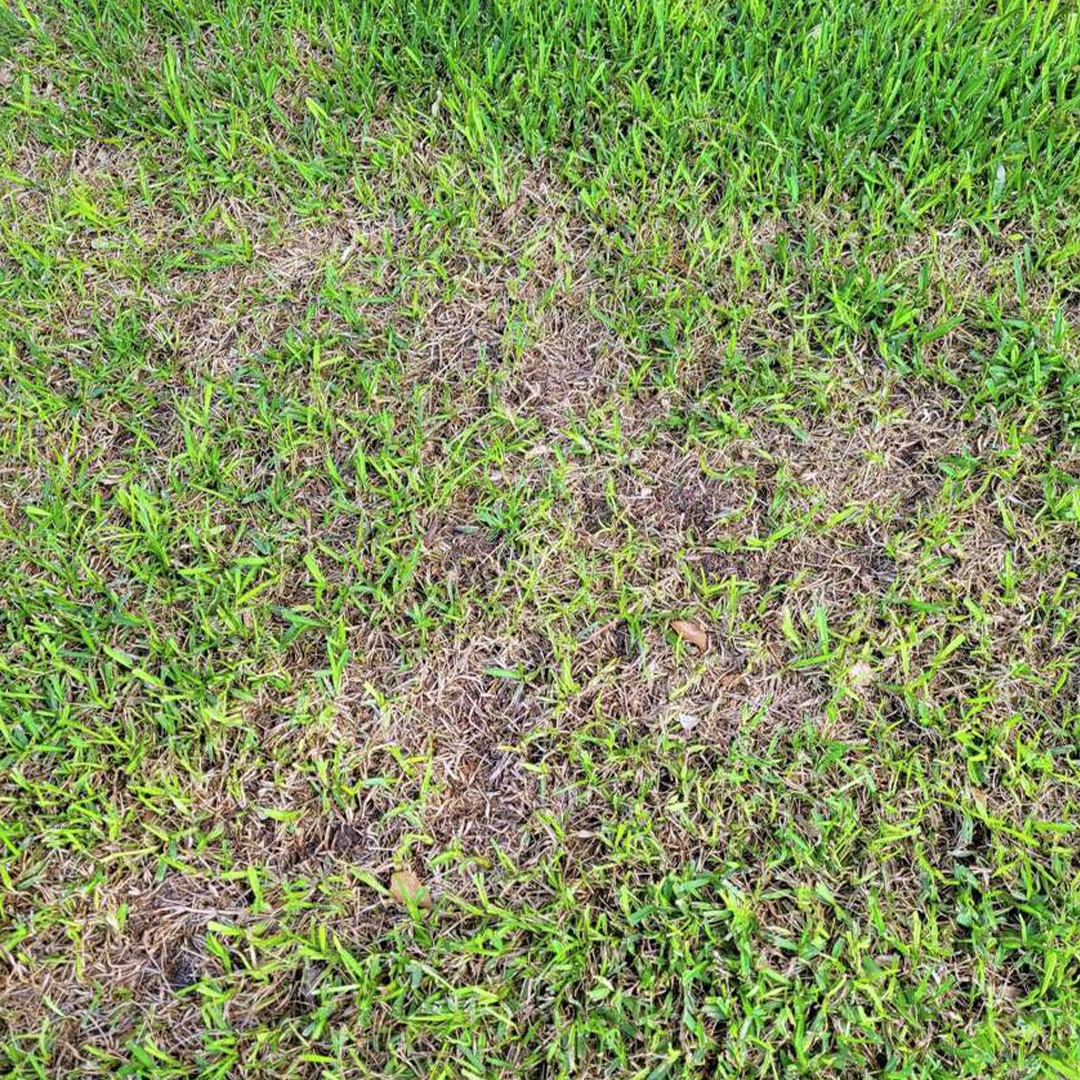...disease from poor drainage or drought. Learn what proper watering practices help prevent self-induced lawn damage. Signs of Stressed Grass Do you know how to tell if your grass is...
Searching for “disease”
Sixty-one Results
...for temperatures to rise again to show off a thicker, more vibrant lawn. Something else you may not see? Disease. When roots are well nourished, they’re less susceptible to disease...
...the flow of air, water, and nutrients to the grass roots. Overseeding: Fill in any bare or thin spots in your lawn to build up more resistance to pests, disease,...
Type: Fungal Disease Pathogen: Puccinia spp. Appearance: Small, orange to yellow pustules form on grass blades, giving rise to a rusted or dusty appearance are telltale signs indicative of lawn...
Get all of the information you need about pythium blight so you can identify any issues quickly and take measures to keep your yard healthy. Type: Fungal Disease Pathogen: Pythium...
Get all of the information you need about red thread so you can identify any issues quickly and take measures to keep your yard healthy. Type: Fungal Disease Pathogen: Laetisaria...
...Stunted growth. Grass usually goes dormant during the winter and stops growing. However, prolonged exposure to frost can also affect its overall health. Increased susceptibility to disease. Frosty grass is...
...family pets; keeping ticks away from your lawn during the warmer months may be top-of-mind. Ticks carry many diseases on them with the scariest of those being lyme disease. Preventing...
...Disease. Both fleas and ticks carry various diseases that can transmit to humans and animals through a bite. Ticks bites are known to cause Lyme disease and Rocky Mountain spotted...
...large leaves need to be mulched—or diced up into smaller pieces—to decompose quicker before attracting pests and disease to your lawn. How to Mulch Leaves Mulching leaves can be as...
Type: Fungal Disease Pathogen: Sclerotinia homoeocarpa Appearance: Small, circular patches, often silver-dollar-sized, with bleached grass in the center and darker borders. Risk Factors: Warm and humid conditions, compacted soil, and...
Type: Fungal Disease Pathogen: Various fungi, including Drechslera spp., Septoria spp., and Bipolaris spp. Pyricularia oryzae. Appearance: Small, dark lesions emerge on grass blades, creating a mosaic of discolored spots....


